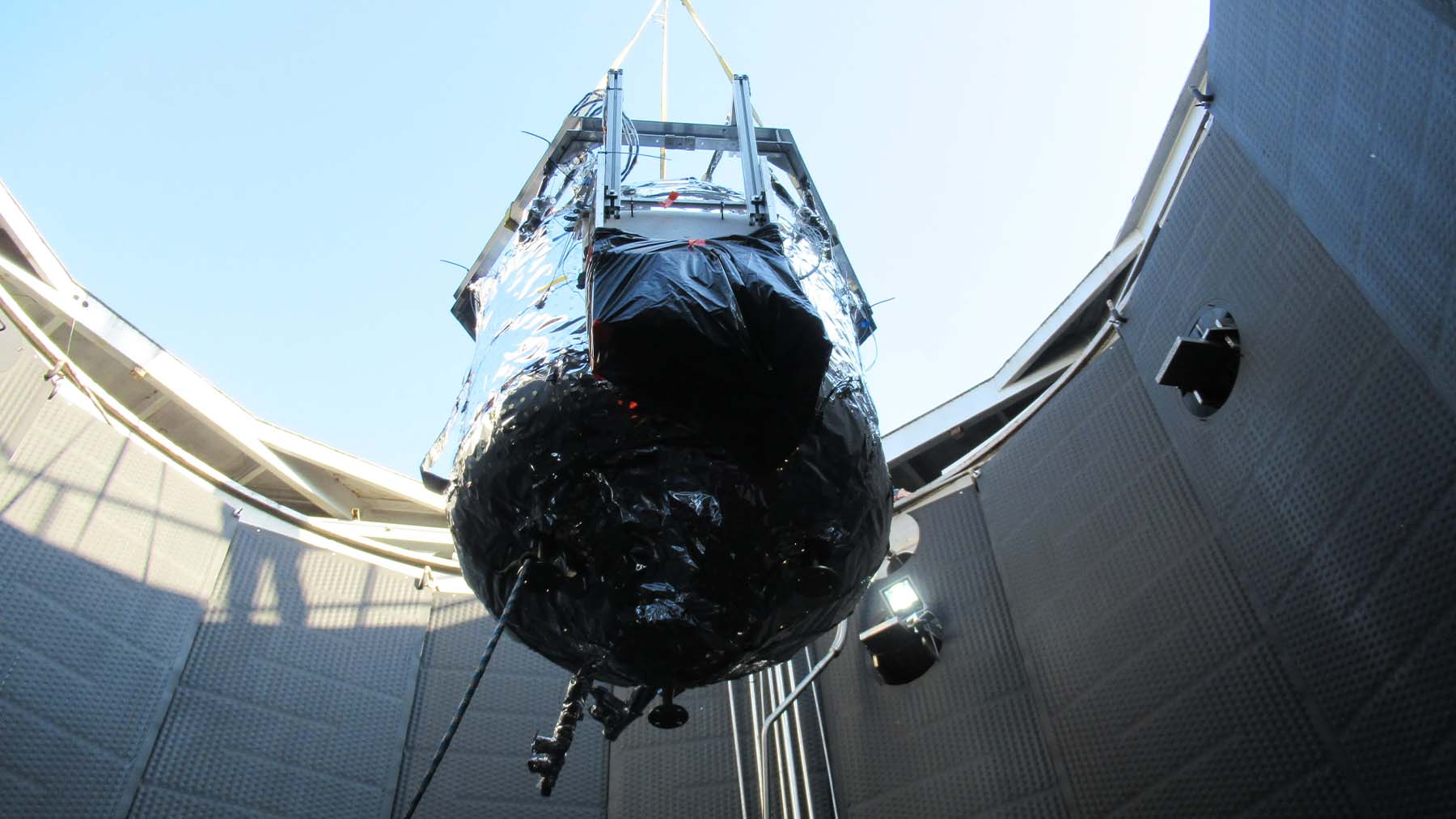When you think of space, do you picture extreme cold? If you do, you’d be right. That’s why NASA is pouring serious effort into Cryogenic Fluid Management, a set of advanced systems that help store and move ultra-cold fuel safely in space.
Temperatures can drop to minus 455°F. But when it comes to storing rocket fuel, it turns out space isn’t cold enough. Let’s break it down: The fuels NASA uses (liquid hydrogen and liquid oxygen) are extremely sensitive. It starts to evaporate quickly, even in space, because of heat from the spacecraft, sunlight, and even the engines. And when that fuel disappears, it’s not just a hassle; it can put the entire mission at risk.
Enter Cryogenic Fluid Management. These technologies are being developed at the NASA Marshall Space Flight Center and the NASA Glenn Research Center and backed by the Space Technology Mission Directorate.
It might sound like a technical side project, but it’s not. This really could make long-term missions to the Moon and Mars possible. Right now, cryogenic fuel is used only for short flights, usually less than a week. But Mars missions could last months or even years, so storing that fuel without losing it along the way is one of the biggest challenges they face today.
How is NASA doing it?
To solve the boiloff problem, NASA is testing a clever two-stage cooling system. The endgame? Zero boiloff, meaning no lost fuel, no waste, and no venting.
Here’s how it works: First, the propellant tank is wrapped in tiny tubes that carry helium chilled to around minus 424°F. These tubes are in direct contact with the tank’s surface and actively pull heat away. That’s the first line of defense.
Then comes the second layer: an insulated aluminum heat shield, with another set of helium-filled tubes inside it, this time operating at around minus 298°F. This outer system catches most of the incoming heat before it even reaches the tank, making life easier for the colder inner tubes.
Together, these two cooling stages work to keep liquid hydrogen and liquid oxygen cold enough to stay liquid, even in the relatively “hot” conditions of space.
Testing for the real experience
NASA isn’t just running simulations. This summer, the team at NASA Marshall installed a full-size test tank fitted with the new cooling system. It’s now undergoing a 90-day trial to see how it performs under real conditions, including constant heat exposure, long-term use, and temperature fluctuations.
This is the kind of system that could be used in orbit, on the Moon, or during deep-space missions to Mars. And it’s addressing a problem that gets a lot harder the longer you’re away from Earth: how to store fuel without constantly refilling or losing it to evaporation.
Right now, most spacecraft manage this by overcompensating, carrying more fuel than needed, and accepting some loss. But that strategy won’t work for long-duration exploration. Bigger tanks mean more weight, more cost, and more risk.
With cryogenic technology like this, NASA’s aiming for a smarter solution. One that stores just what they need and keeps it where it belongs.
For more big missions to come
The Cryogenic Fluid Management Portfolio Project includes over 20 separate tech development efforts. They’re all working toward the same thing: making cryogenic propellants reliable for deep space missions.
With a systems like, they can build landers, orbital fuel depots, and return vehicles that don’t waste a single drop.
This may not be the flashiest technology NASA is working on, but it’s for sure one of the most essential. If they want to go farther, longer, and safely bringing astronauts back, managing fuel It’s the foundation.
